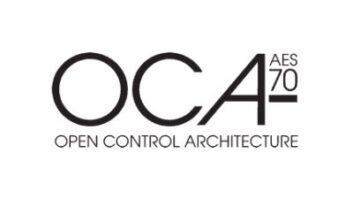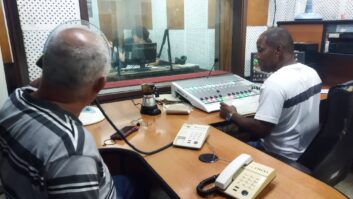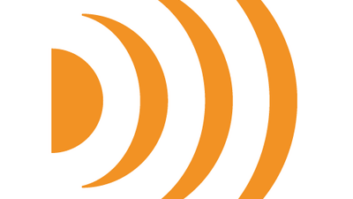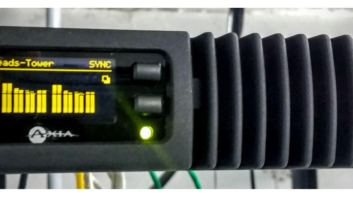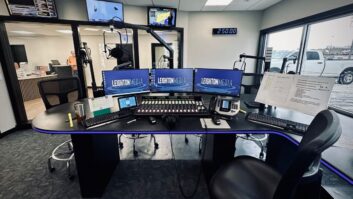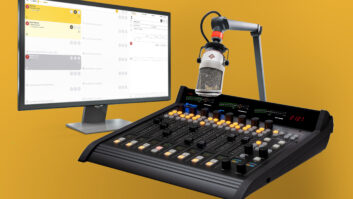Digital Media Are Causing Substantial Revision in the Field of Intellectual Property Law Worldwide
We’re all familiar with the thinking that technology changes faster than regulation these days, but it’s uncommon that the fundamental principles of an entire area of law are so substantially challenged as is the field of intellectual property, or IP at present. While this may seem troubling to some, like IP owners, it is exhilarating to others, like practitioners of IP law.
In most cases, understanding the latest, subtle nuances in interpretation is about as exciting as it gets in the legal and regulatory businesses. Today, however, the entire underpinnings of a large segment of intellectual property law are under debate. Legal amendment on such a broad scale is extremely unusual, as nothing short of a revolution takes place in this arena.
Radio delivery and audio content certainly are among the players in this space, so the revisions being contemplated may have significant effect on these businesses. In fact, the music business has been a catalyst of this process, and audio distribution has become the exemplar for all of digital media as it establishes its brave new marketplace.
Publishing redefined
At the root of this change is the loss of unilateral control of distribution channels by traditional publishers, including broadcasters. Personal computers and the Internet have provided the consumer with broad new powers, as home receivers acquire the ability to become (re) transmitters. This broadly and cheaply available capacity has changed the nature of publishing forever.
Just as Alvin Toffler forecast in the 1970s, the “prosumer” movement has taken hold, and the consumer has become a producer. But in ways that Toffler did not quite envision, the Internet has further allowed the consumer to become a publisher of media content, as well (the “pubsumer,” perhaps?).
Of course, economies of scale and the power of marketing budgets still prevail, so traditional publishers still retain major market share, but the dike of exclusivity has been breached, and there are not enough fingers to plug the leaks. (No, I’m not going to make a “digital” pun here – I’ll leave that to you.)
Among the most heated debates is the issue of “fair use.” This legal doctrine has been widely misapplied, but it remains an important tenet of U.S. law. At its root, it allows citizens to copy and use small portions of a copyrighted work without being subject to licensing requirements. Examples include an academic paper quoting from a book, or a movie review incorporating a clip from the film.
Many have extended this to include personal copies of legitimately obtained content, such as making a cassette copy of a CD for use in a vehicle. While this is not technically covered by the original fair use doctrine, it has become a generally accepted part of the media environment, and most digital rights discussions today allow the concept of a unrestricted use of legitimately obtained content throughout a consumer’s “household” or “domain.”
The exact definition of this domain remains unsettled, however. For example, does it include mobile, portable and handheld devices that can travel outside the home? How about a second/vacation home? And can multiple copies exist simultaneously? How about serial copies (copies of copies, which digital technologies allow in much greater proliferation than analog systems could)?
These and other related questions are being asked around the world as a new paradigm takes shape in media distribution.
Changes afoot
Probably the most notorious recent discussion on this subject in the U.S. broadcast space involves the so-called “Broadcast Flag” (officially, the Redistribution Control Descriptor) in the ATSC digital TV system.
A recent FCC R&O authorized use of this small bit of data in the ATSC signal to alert future DTV reception, recording and display equipment to the fact that the rights holders of certain broadcast did not want this content to be redistributed via the Internet. Broadcasters can turn the flag on or off at any time during a broadcast.
When it is on, future consumer equipment will be required to behave in such a way that allows unrestricted use within the user’s household, including home network distribution, but does not allow it on the Internet. The actual mechanism for effectuating this blockage is still to be determined, but DTV broadcasts now will include a method of signaling such a prohibition – despite many critics’ comments that the FCC lacked sufficient jurisdiction to issue such an order, or that the process would never work effectively.
Another significant governmental reaction to the digital age is a proposal from the Federal Trade Commission to make changes to the U.S. patent law and process. Here again, laws that have remained virtually unchanged for decades are being primed for renovation.
The FTC’s recently issued report outlines 10 recommendations for improving the current U.S. patent process, but even before these changes are enacted, the Patent Office is changing its approach, spurred by a number of celebrated recent cases.
In other countries, similar amendment is contemplated, or in some cases, already enacted. For example, the United Kingdom recently made some significant changes to its copyright law. An indication or even more substantial transformation in copyright law on a global scale is a proposed international broadcasting treaty at the World Intellectual Property Organization that. after more than five years in discussion, may finally be moving to the drafting stage in 2004. This treaty would update the broadcasting provisions of a number of longstanding international agreements, most notably the Berne Convention for the Protection of Literary and Artistic Works.
Among its many interesting possible changes is the concept of “nested” rights for broadcasts, similar to the way a song’s composer rights are maintained “inside” a recording’s performance rights. The treaty might add one or more new layers of rights for broadcast “signals” of various types, which would envelop both the composer and performance rights of any music aired, and extend to a range of different distribution types from there.
In all cases, the downstream right holder licenses the upstream work and adds value to it with its own intellectual property, thus creating a new work. The downstream entity only holds rights to the outermost layer of the nest. Thus a broadcaster would hold rights to the transmitted signal, which could contain one or more layers of licensed IP from other entities. A cable or Internet retransmission of the broadcast would add a layer on top of that, and so on. Although potentially complex, this treaty could turn the current crazy quilt of media IPR into a streamlined and comprehensive modern rights framework.
Over the next several years, these and many other changes will rock the world of intellectual property. This will create an unprecedented level of upheaval in a normally sedate environment, which is always fun to watch.





